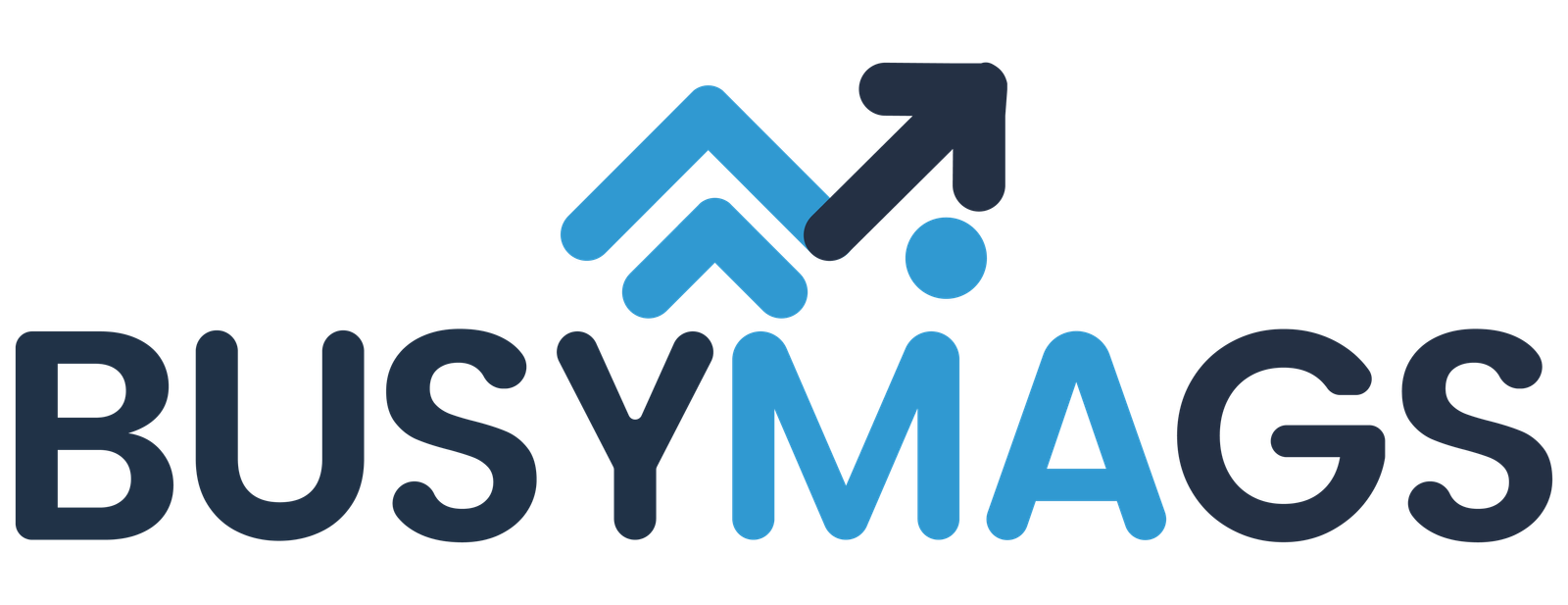PDAA business rules are vital in ensuring clarity, compliance, and efficiency in business operations. Whether you’re navigating complex data agreements, advertising protocols, or regulatory frameworks, these rules provide a structured approach to achieving your goals. In this article, we’ll explore the concept of PDAAbusiness rules, their applications, and best practices for implementation.
What Are PDAA Business Rules?
PDAA stands for Programmatic Digital Advertising Alliance . These business rules refer to the standardized guidelines that govern operations, decision-making, and compliance within an organization or industry. They serve as a framework to ensure transparency, accountability, and consistency in processes.
For example, in digital advertising, PDAAbusiness rules might regulate how data is collected, shared, and used to target audiences while adhering to privacy laws.
Key Features of PDAA Business Rules
- Transparency: Clear documentation of rules ensures all stakeholders understand the guidelines.
- Accountability: Rules define responsibilities and expectations, holding teams accountable for compliance.
- Standardization: Uniform procedures reduce confusion and improve operational efficiency.
- Adaptability: Flexibility to update rules based on evolving needs or regulations.
Applications of PDAA Business Rules
PDAA business rules are essential across multiple sectors. Here are a few examples:
- Digital Advertising: Regulating programmatic ad placements, data usage, and performance metrics.
- Data Management: Ensuring compliance with GDPR, CCPA, or other data protection laws.
- Regulatory Compliance: Managing adherence to industry standards and ethical practices.
Case Example:
A marketing firm uses PDAAbusiness rules to ensure that all ad campaigns comply with user privacy preferences, improving customer trust and avoiding regulatory fines.
Benefits of Implementing PDAA Business Rules
- Improved Efficiency: Streamlined operations reduce errors and save time.
- Enhanced Compliance: Adherence to legal and ethical standards protects the organization from penalties.
- Stronger Stakeholder Trust: Transparent rules build confidence among clients, partners, and customers.
- Scalable Framework: Well-structured rules enable seamless business growth.
Challenges in Adopting PDAA Business Rules
Despite their advantages, implementing PDAAbusiness rules can be challenging. Common obstacles include:
- Complexity: Creating comprehensive rules can be time-consuming.
- Resistance to Change: Teams may resist new processes, especially if they perceive them as restrictive.
- Resource Requirements: Implementation may require investment in training, tools, or external expertise.
How to Overcome These Challenges:
- Start with pilot programs to test rule efficiency.
- Provide training to ensure team buy-in.
- Use automation tools to simplify implementation and monitoring.
Steps to Develop and Implement PDAA Business Rules
- Define Objectives: Identify the purpose and scope of the rules.
- Collaborate: Gather input from all relevant stakeholders.
- Leverage Technology: Use tools to draft, manage, and enforce rules.
- Monitor and Update: Continuously evaluate the effectiveness of rules and revise as needed.
Best Practices for Managing PDAA Business Rules
- Governance Structure: Appoint a team or committee to oversee rule management.
- Regular Reviews: Schedule periodic reviews to ensure rules remain relevant.
- Clear Communication: Provide training and resources to help stakeholders understand and follow the rules.
Tools and Resources for PDAA Business Rules
- Software Platforms: Use tools like Salesforce or Monday.com to track compliance and workflow.
- Industry Guidelines: Refer to resources provided by regulatory bodies or trade associations for best practices.
- AI and Automation: Implement AI tools to detect violations and automate compliance checks.
Future Trends in PDAA Business Rules
As industries evolve, so do business rules. Emerging trends include:
- AI Integration: Leveraging AI to predict and adapt to compliance challenges.
- Blockchain Applications: Using blockchain for secure and transparent data management.
- Global Standardization: The push toward unified international standards for easier cross-border operations.
Conclusion
PDAA business rules are the backbone of efficient, compliant, and transparent operations. By defining clear guidelines, businesses can achieve their objectives while building trust with stakeholders. Though challenges exist, the benefits far outweigh them, especially with the right tools and strategies. As industries continue to evolve, staying ahead of trends will ensure your organization remains competitive and compliant.
Frequently Asked Questions (FAQs)
What are PDAA business rules?
PDAA business rules are standardized guidelines that ensure transparency, accountability, and compliance in business processes, commonly used in digital advertising and data management.
Why are PDAA business rules important?
They streamline operations, enhance compliance with regulations, and build trust among stakeholders by providing a clear framework for decision-making.
How do PDAA business rules impact digital advertising?
They regulate data usage, ad placements, and user privacy, ensuring ethical practices and adherence to legal standards like GDPR or CCPA.
What challenges arise with PDAA business rules?
Common challenges include implementation complexity, resistance to change, and the need for resources like training or technology tools.
How can businesses adopt PDAA business rules effectively?
Define clear objectives, collaborate with stakeholders, use automation tools, and regularly review and update the rules to align with industry changes.
Recommended Article:
Aaron Gaun Real Estate: The Tech-Driven Solution for Smarter Investment Decisions
How lessinvest.com Invest in S&P 500 Simplifies Wealth Building






